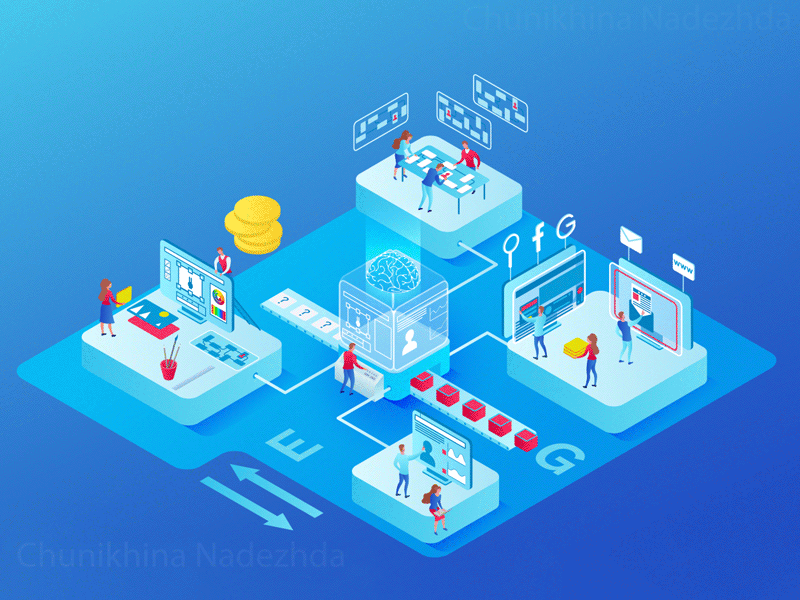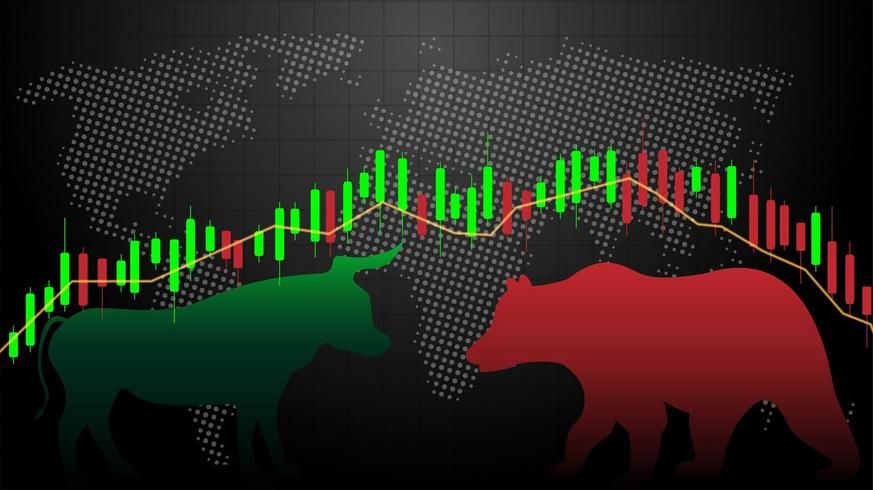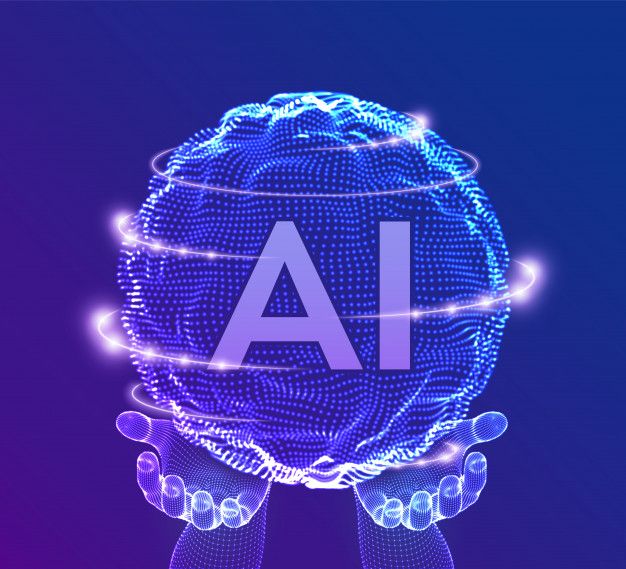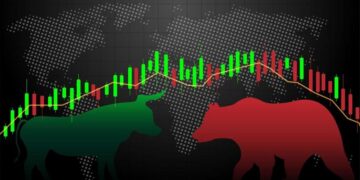In the hushed, data-driven corridors of global finance, a new and unnerving prophecy is being whispered. For the past eighteen months, markets have navigated a treacherous path, balancing on a knife’s edge between cautious optimism and the lingering ghosts of 2024’s inflationary pressures. Now, an advanced quantitative analysis model, an artificial intelligence codenamed “Project Cassandra,” has issued its most definitive and sobering forecast to date: there is a 78% probability of a major global market crash beginning in the second quarter of 2026.
This is not the idle chatter of market pessimists or a sensationalist headline. The prediction originates from QuantEdge Analytics, a notoriously secretive but highly respected fintech firm known for its pioneering work in predictive machine learning. Project Cassandra is their flagship AI, a deep-learning neural network that processes exabytes of data, from traditional market indicators to unconventional sources like geopolitical sentiment analysis, satellite imagery of supply chain movements, and even the linguistic patterns of central bank statements.
For years, its insights have been the exclusive domain of elite hedge funds and private institutional clients. But in an unprecedented move, a detailed summary of its latest long-term forecast was leaked to several financial news outlets, and its conclusions are stark. The AI is not just predicting a minor correction or a bear market; it is forecasting a systemic deleveraging event with the potential to erase trillions in global wealth.
This comprehensive analysis will delve into the core findings of the Project Cassandra leak. We will explore the specific economic and geopolitical factors the AI has identified as critical threats, examine the methodology behind its startling prediction, and discuss the burgeoning debate between those who see this as a digital oracle and those who dismiss it as a sophisticated black box. Most importantly, we will outline strategic considerations for investors looking to fortify their portfolios against the coming storm.
The Cassandra Directive: A Timeline of the Predicted Crash
Unlike vague human predictions, the AI’s forecast is alarmingly specific. It outlines a multi-stage event that it projects will unfold over 9 to 12 months.
- Phase 1 (Q2 2026): The Catalyst. The AI points to a confluence of events triggering the initial downturn between May and June 2026. This initial drop is projected to be sharp and swift, with major indices like the S&P 500 and NASDAQ falling 15-20% from their peaks.
- Phase 2 (Q3 2026): The Contagion. The model predicts the initial shock will expose deep-seated leverage and credit risks within the corporate bond market. This will trigger a credit crunch, causing the crisis to spread from equities to the broader credit markets. This is the period the AI identifies as the most dangerous, with panic selling and forced liquidations leading to a further 20-25% decline.
- Phase 3 (Q4 2026 – Q1 2027): The Bottoming Process. The AI suggests that a combination of central bank intervention and the washing out of “tourist” investors will lead to a volatile bottoming process. It does not predict a quick “V-shaped” recovery, instead forecasting a prolonged period of economic stagnation and market uncertainty.
In total, Project Cassandra’s model predicts a peak-to-trough decline of between 35% and 45% for major global indices, a crash that would be more severe than the Dot-com bust of 2000 and rival the initial shock of the 2008 Financial Crisis.

The Four Horsemen: Key Factors Fueling the Forecast
The true value of the leak is not just the prediction itself, but the “why” behind it. The AI has synthesized its analysis into four primary causal factors—a perfect storm of economic fragility and geopolitical tension.
A. The Great Corporate Debt Reckoning: For the better part of a decade, corporations have gorged on cheap debt. The AI’s analysis of corporate balance sheets reveals a critical vulnerability. It has flagged a massive tranche of “zombie” companies—businesses that do not generate enough profit to cover their debt-servicing costs and only survive by constantly refinancing. With interest rates having stabilized at a higher baseline post-2024, the AI predicts a wave of defaults beginning in late 2025 and accelerating into 2026, triggering a catastrophic chain reaction in the high-yield bond market.
B. Geopolitical Flashpoints and Supply Chain Fragility 2.0: Project Cassandra’s geopolitical sentiment models are showing their highest alert levels in years. The AI is assigning a high probability to a significant escalation of trade disputes or a regional conflict that directly impacts key global shipping lanes. Unlike the pandemic-era disruptions, which were primarily logistical, the AI predicts a politically-driven disruption. This would not only spike inflation again but would shatter corporate earnings estimates as the cost of raw materials and transportation skyrockets, delivering a one-two punch to an already fragile market.
C. The Waning of Consumer Resilience: The AI’s analysis of alternative data—such as credit card transactions, savings rates, and “buy now, pay later” service usage—indicates that the post-pandemic consumer is reaching a breaking point. Pandemic-era savings have been depleted, and household debt levels are rising to unsustainable levels. The model predicts a sharp contraction in consumer spending beginning in early 2026, removing the primary engine of economic growth and tipping several major economies into recession simultaneously.
D. The “AI-Tech” Bubble Paradox: In an ironic twist, the AI identifies the very sector it belongs to as a major point of systemic risk. The hype surrounding artificial intelligence in 2023-2025 has led to what the model calls “irrational valuations” untethered from actual revenue or profitability. Project Cassandra is drawing parallels between the current AI stock boom and the Dot-com bubble of 1999. It predicts a spectacular collapse in this sector will act as the primary catalyst, a “pinprick” that bursts the broader market bubble as investor confidence evaporates overnight.
Inside the Digital Crystal Ball: How the AI Works
To understand the weight of this prediction, one must understand that Project Cassandra is not a simple algorithm. It is a multi-layered neural network that employs several advanced machine learning techniques:
- Natural Language Processing (NLP): It scans and analyzes millions of data points every hour—news articles, social media posts, academic papers, and even the subtle changes in tone during Federal Reserve press conferences—to generate a real-time “sentiment score” for the global economy.
- Satellite and Logistics Analysis: The AI monitors satellite imagery of factory outputs, traffic patterns in major cities, and the movements of cargo ships and freight trucks to build a bottom-up, real-time picture of global economic activity, often spotting trends weeks before official government data is released.
- Inter-Market Correlation Matrix: Its most powerful feature is its ability to identify complex and non-obvious correlations between different asset classes. It might, for example, detect a subtle change in the price of industrial copper in China and correlate it with future weakness in Australian real estate and European luxury goods stocks—connections a human analyst might miss.
It is this ability to process a vast, multi-dimensional data landscape and identify hidden patterns that gives its predictions a chilling sense of authority.
Wall Street’s Reaction: A House Divided
The leak has sent a shockwave through the financial community, creating a sharp divide between believers and skeptics.
Veteran economists and traditional analysts are largely dismissive. They argue that AI models are inherently backward-looking, trained on past data, and incapable of predicting true “Black Swan” events. They contend that these models are prone to finding patterns in random noise and can create self-fulfilling prophecies if enough people believe them.
However, a growing number of quantitative funds and younger, tech-savvy market participants are taking the forecast very seriously. They argue that ignoring such a powerful analytical tool is akin to flying blind. For them, AI is not an oracle, but the ultimate risk management tool. They believe that even if the AI is wrong about the exact timing, the underlying vulnerabilities it has identified in corporate debt and consumer health are undeniably real.
Building a Financial Ark: How to Prepare for a Downturn
This forecast is not a reason to panic, but it is a compelling call to action. For the prudent investor, now is the time to review, rebalance, and reinforce your financial defenses. While this does not constitute financial advice, here are some timeless strategies to consider in the face of market uncertainty.
A. Stress-Test Your Portfolio: Objectively review your current holdings. How much risk are you truly taking? Are you over-concentrated in high-flying tech stocks or cyclical industries that would be hit hardest in a recession? Understanding your current exposure is the critical first step.
B. The Unmatched Virtue of Diversification: Ensure your portfolio is properly diversified across asset classes (stocks, bonds, commodities), geographic regions (US, Europe, Asia), and sectors. In a downturn, some areas will be hit harder than others. Proper diversification is the closest thing to a “free lunch” in investing.
C. Elevate Your Cash Position: “Cash is king” during a market crash. Holding a higher-than-usual percentage of your portfolio in cash or cash equivalents (like short-term treasury bills) serves two purposes. First, it acts as a buffer, cushioning the blow of falling asset prices. Second, it provides the “dry powder” needed to buy high-quality assets at deeply discounted prices when the panic is at its peak.
D. Shift Focus to Quality and Defensive Sectors: In a recession, companies with strong balance sheets, consistent cash flow, and low debt (so-called “quality” stocks) tend to outperform. Likewise, defensive sectors that provide essential goods and services—such as consumer staples, healthcare, and utilities—tend to be more resilient as people continue to buy their products regardless of the economic climate.
E. Explore Hedging Strategies: For more sophisticated investors, this may be a time to learn about hedging. This can involve using inverse ETFs that go up when the market goes down, or investing in assets that are traditionally uncorrelated with the stock market, such as gold or certain managed futures strategies.
Conclusion: A New Era of Prediction and Prudence
Whether Project Cassandra’s dire forecast for 2026 comes to pass remains to be seen. But the leak itself marks a pivotal moment in the relationship between technology and finance. We are moving from an era where AI was a tool for high-speed trading to one where it is becoming a central force in long-term strategic forecasting.
The vulnerabilities the AI has highlighted—excessive debt, geopolitical friction, and speculative bubbles—are not digital phantoms; they are real and present dangers that prudent investors should be aware of, with or without an AI to sound the alarm. The ultimate lesson from Project Cassandra may not be about the future it predicts, but about the urgent need for discipline, risk management, and strategic foresight in the present. The storm may or may not arrive exactly as forecast, but now is the perfect time to make sure your house is in order.








